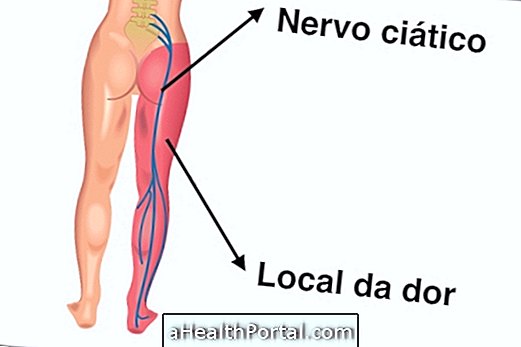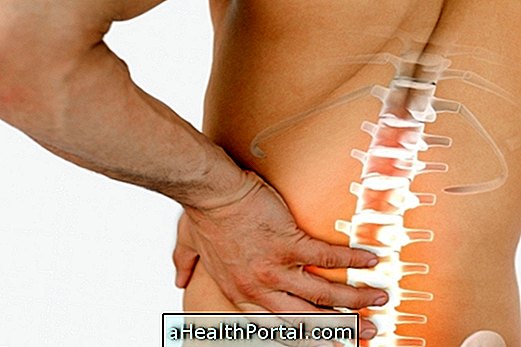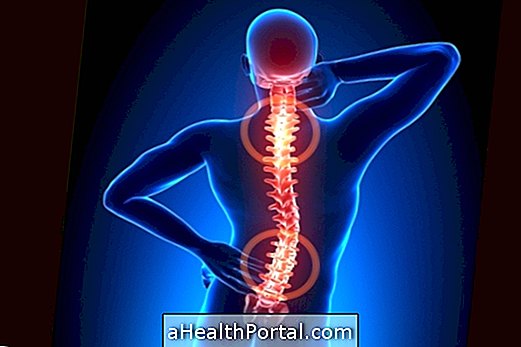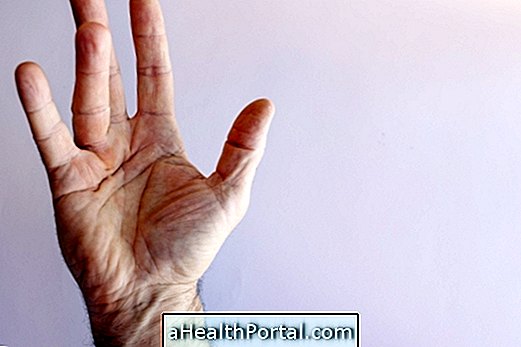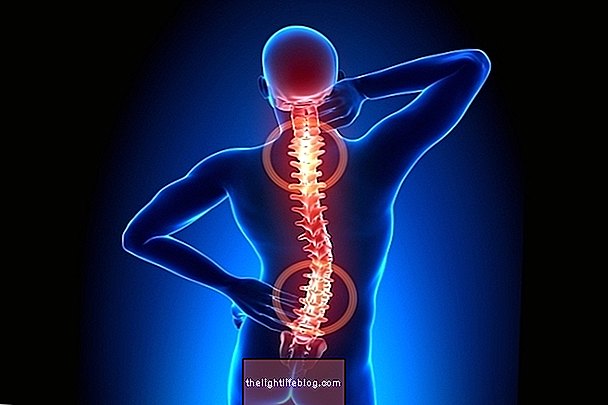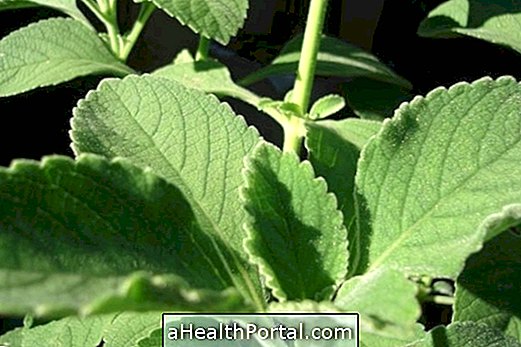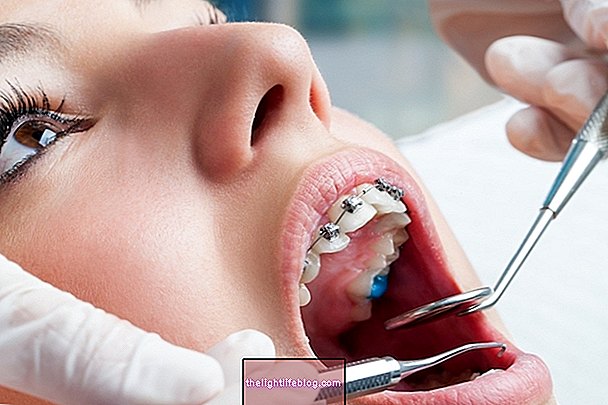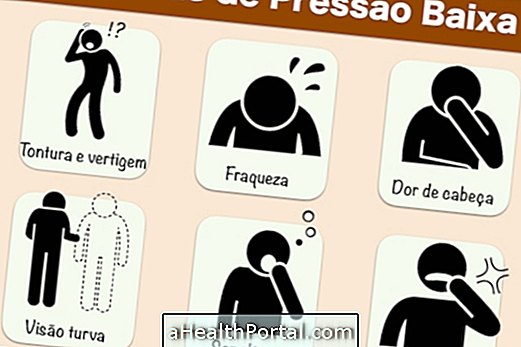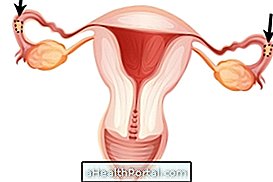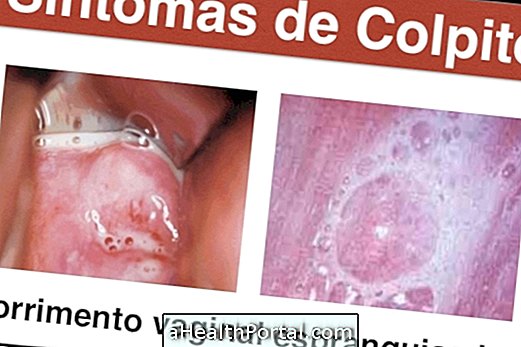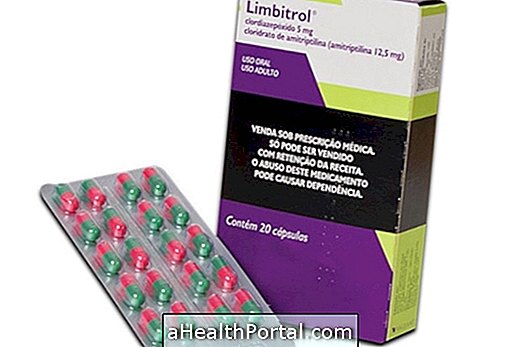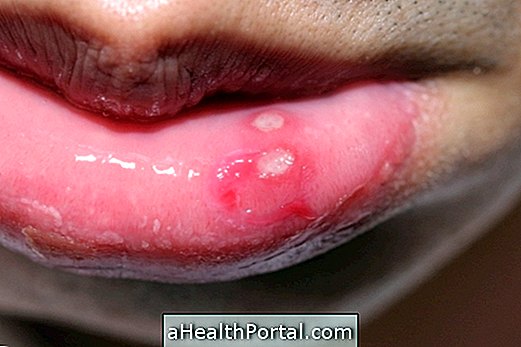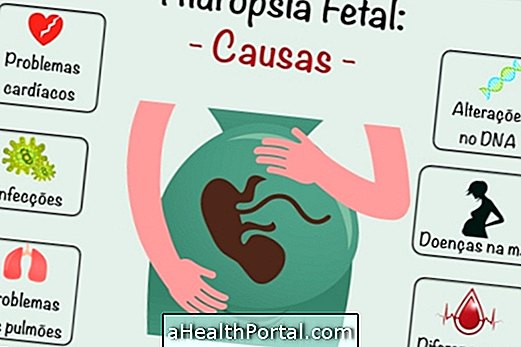Tenosynovitis is the inflammation of a tendon and the tissue that covers a group of tendons, called tendinous sheath, which generates symptoms such as local pain and feeling of muscle weakness in the affected area. Some of the more common types of tenosynovitis include De Quervain's tendonitis and carpal tunnel syndrome, both in the wrist.
Generally, tenosynovitis is more frequent after a tendon injury and therefore is a relatively common injury in athletes or people who do many repetitive movements, such as carpenters or dentists, for example, but can also be due to infections or complications of other degenerative diseases, such as diabetes, rheumatoid arthritis or gout.
Depending on the cause, tenosynovitis is cured and, almost always, it is possible to alleviate symptoms with appropriate treatment, which may include anti-inflammatory or corticoid medicines, for example, always guided by an orthopedist.
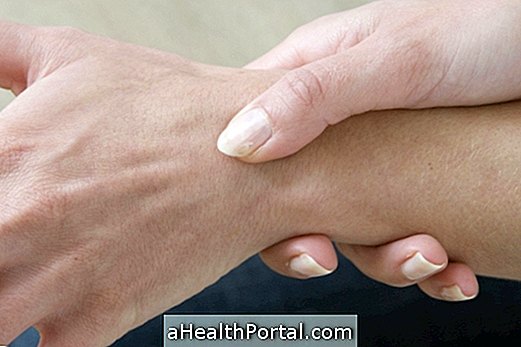
Main symptoms
The most common symptoms of tenosynovitis may include:
- Difficulty in moving a joint;
- Pain in a tendon;
- Redness in the skin on the affected tendon;
- Lack of muscle strength.
These symptoms may slowly appear over time and usually arise in places where the tendons are more susceptible to injuries such as hands, feet or wrists. However, tenosynovitis can develop in any tendon of the body, including the tendons of the shoulder, knee or elbow region, for example.
See a very common type of tendonitis at the elbow and how to treat it.
How to confirm the diagnosis
In most cases, tenosynovitis can be diagnosed by the orthopedist only with evaluation of the symptoms presented, however, the doctor may also ask for other tests such as ultrasound or MRI, for example.
What can lead to tenosynovitis
Tenosynovitis is much more common in athletes or practitioners in areas where it is necessary to perform various repetitive movements such as carpenters, dentists, musicians or secretaries, for example, because there is a greater risk of developing a tendon injury.
However, tenosynovitis can also occur when you have some type of infection in the body or as a complication of other degenerative diseases such as rheumatoid arthritis, scleroderma, gout, diabetes or reactive arthritis.
The cause is not always determined in all cases, however, the doctor may recommend the treatment to relieve the symptoms and improve the quality of life of the person.
How is the treatment done?
Treatment for tenosynovitis should always be directed by an orthopedist or physiotherapist, but usually aims to reduce inflammation and pain. For this, it is advised to keep the affected place at rest whenever possible, avoiding activities that may have caused the initial injury.
In addition, your doctor may prescribe the use of anti-inflammatories such as Diclofenac or Ibuprofen to reduce swelling and pain. However, other more natural strategies such as massage, stretching and use of ultrasound can also improve tendon inflammation. Here are some exercises to lengthen tendons and relieve pain.
In more severe cases, where the symptoms do not improve with any of these strategies, the orthopaedist may still advise injections of corticosteroids directly to the affected tendon and, ultimately, surgery.
When physiotherapy is needed
Physiotherapy is indicated for all cases of tenosynovitis, even after the symptoms have improved, as it helps to stretch the tendons and strengthen the muscles, ensuring that the problem does not arise again.
